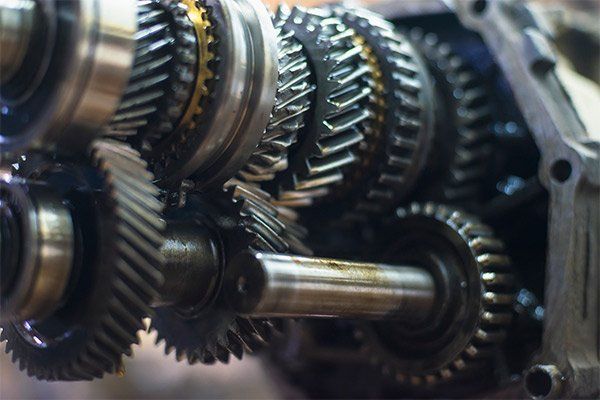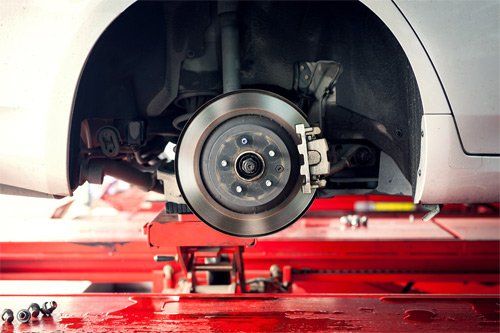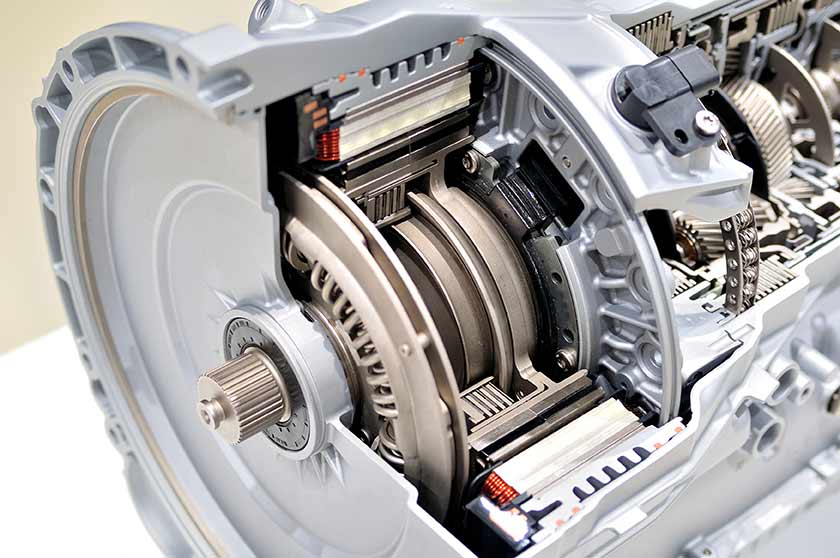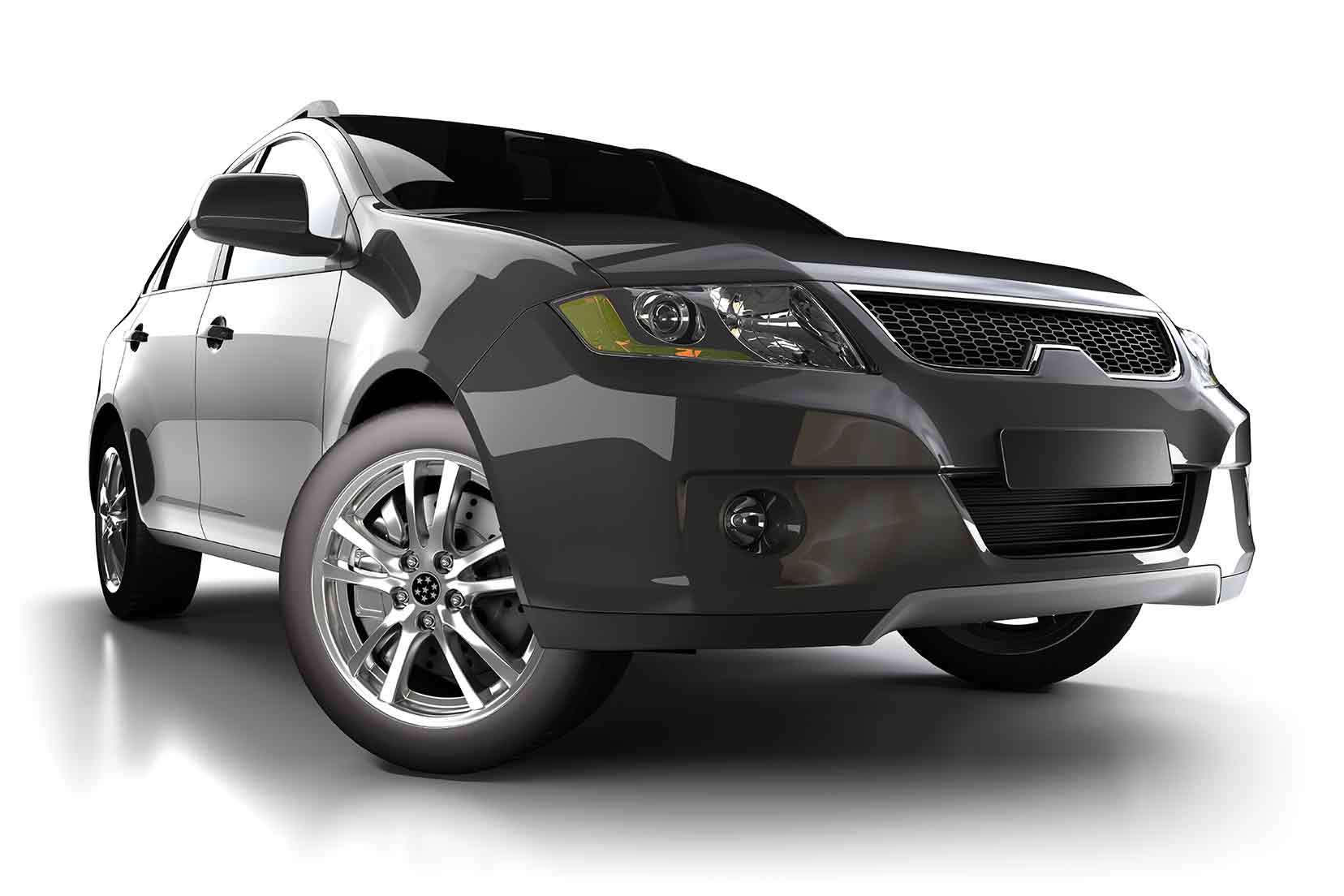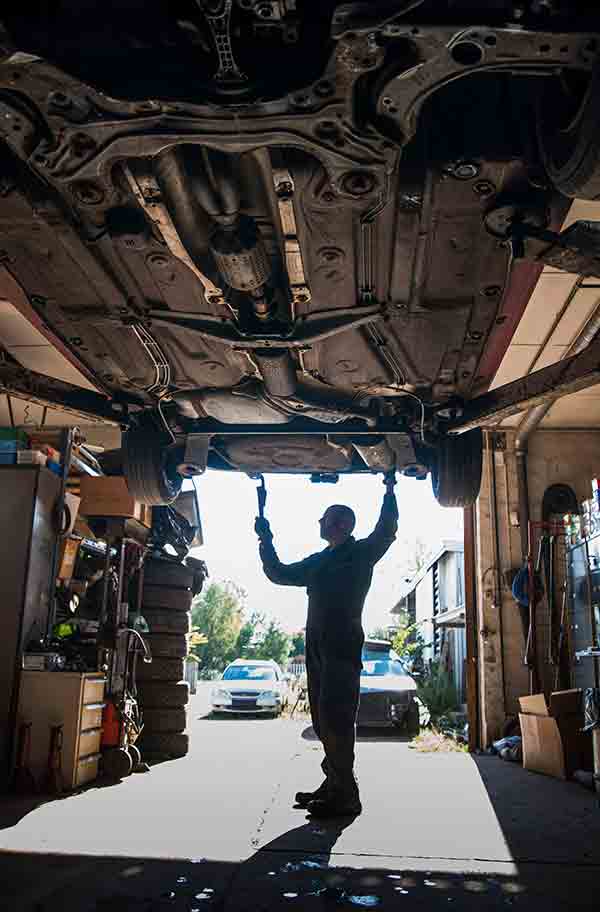Transfer Cases: How They Work and Their Common Problems
- By Admin
- •
- 15 Feb, 2019
- •
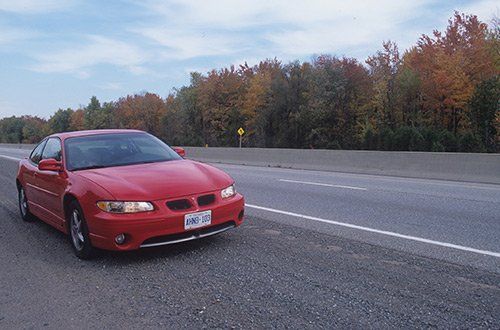
If you own a four-wheel-drive vehicle, then you not only have a transmission to deal with, but also a transfer case. Without a transfer case, your car or truck would not be able to switch from two-wheel to four-wheel drive mode. Here is more information about what a transfer case does, common problems and recommended maintenance.
Purpose of a Transfer Case
The main purpose of this component is to distribute engine power to all four wheels. While you drive your car, the front and rear wheels do not move at the same rate of rotation. Normally this wouldn't be a problem if the car is only powered by two wheels. However, things are different when the car or truck needs to be powered by all four wheels. What the transfer case does is connect both the front and rear axles and synchronizes their speed of rotation.
Types of Transfer Cases
Transfer cases were originally divided into part-time and full-time versions. Part-time versions allow you to change from two-wheel-drive to four-wheel-drive when needed. This could either be done by locking the hubs or doing it on-the-fly from inside the vehicle.
Full-time versions are in four-wheel-drive all the time and have mechanisms to compensate for driving on hard, smooth surfaces such as a highway. Some newer vehicles have a hybrid or computer-controlled system which easily changes between two-wheel and four-wheel drive based on the road conditions.
Common Transfer Case Problems
Over time, transfer cases can wear down and break depending on how you use your vehicle. Most problems show up as one or more of the following four symptoms.
Leaking seals
Like your transmission, the transfer uses a lubricant to keep parts running smooth and seals working properly. Over time, these seals can wear and dry out and begin to leak. If you're not careful, you could lose enough fluid to cause inadequate lubrication and damage to the internal components.
Popping out of gear
Popping out of gear is a sign of serious internal problems. It means that your gears have worn to the point that it can't keep the vehicle in either two-wheel or four-wheel drive. The problem often comes on gradually as the gears wear down over time.
Strange noises
Like popping out of gear, strange noises is a sign that a component is worn or lacks lubrication. If you have a chain-driven transfer case, it could mean that your chain is damaged, stretched or misaligned. If yours uses gears, then one or more gears is worn or damaged.
Motor failure
Some modern vehicles have a motor that makes shifting in and out of four-wheel drive easier. It's common in cars with computer-controlled, road-sensitive shifting systems. If the motor fails, then you will not be able to get into four-wheel drive when you need it the most. Your indicator light for servicing four-wheel-drive should also light up in your dashboard.
Transfer Case Maintenance
Transfer cases are mostly trouble-free, but they do require regular maintenance. The primary maintenance that nearly all transfer cases need is a fluid change. Just like engine oil, fluid can become contaminated over time as additives break down and lose their effectiveness. The maintenance interval depends on your manufacturer's recommendation. If you use your vehicle for towing, you may need to increase your fluid change interval.
Knowing more about what kind of transfer case you have and its maintenance can help you use it efficiently and keep it working well in the long run. However, if you have been having problems with getting your car or truck to run in four-wheel drive, then it's best to take it in to an experienced mechanic.
All Transmission World has mechanics in several Orlando area locations who are knowledgeable about transfer cases and other four-wheel-drive vehicle issues. Call us today to get started.
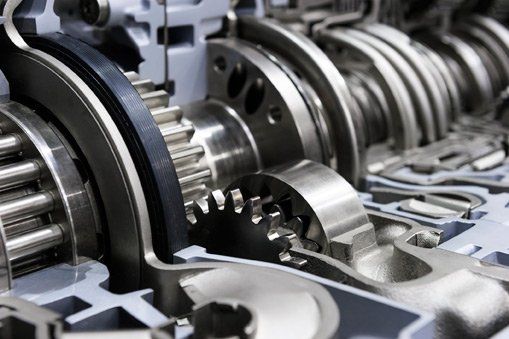
Despite the prevalence of automatic transmissions today, a surprising number of car owners still prefer the increased control and responsiveness of a manual transmission. Simply put, these drivers feel that a manual transmission is just more fun. When operated responsibly, a manual transmission can also improve your overall fuel economy.

When you have a manual transmission, maintaining good shift habits and care go a long way to keep your clutch from wearing out prematurely. However, many people do not realize that they may be wearing out their clutch when they use certain techniques. Here are five driving and maintenance tips that can help you extend the life of your manual transmission.


